Native Hunter
Well-Known Member
Thanks everyone. I'm glad you guys are enjoying the thread. I have a bunch more pictures I need to organize, and we will continue soon.

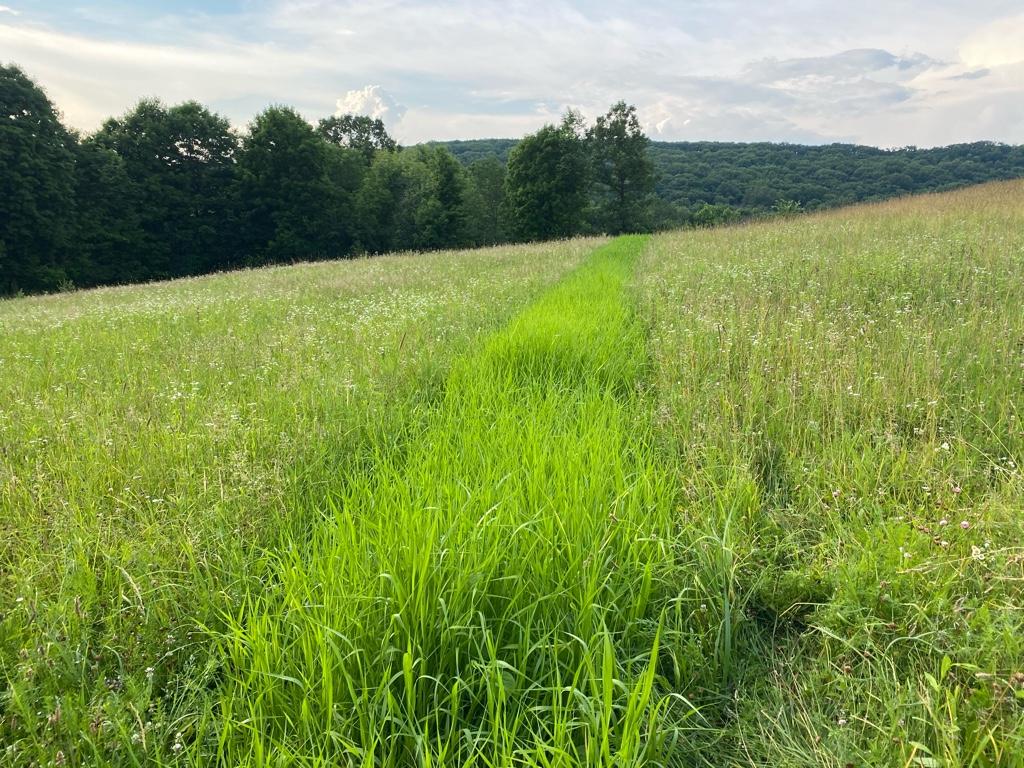
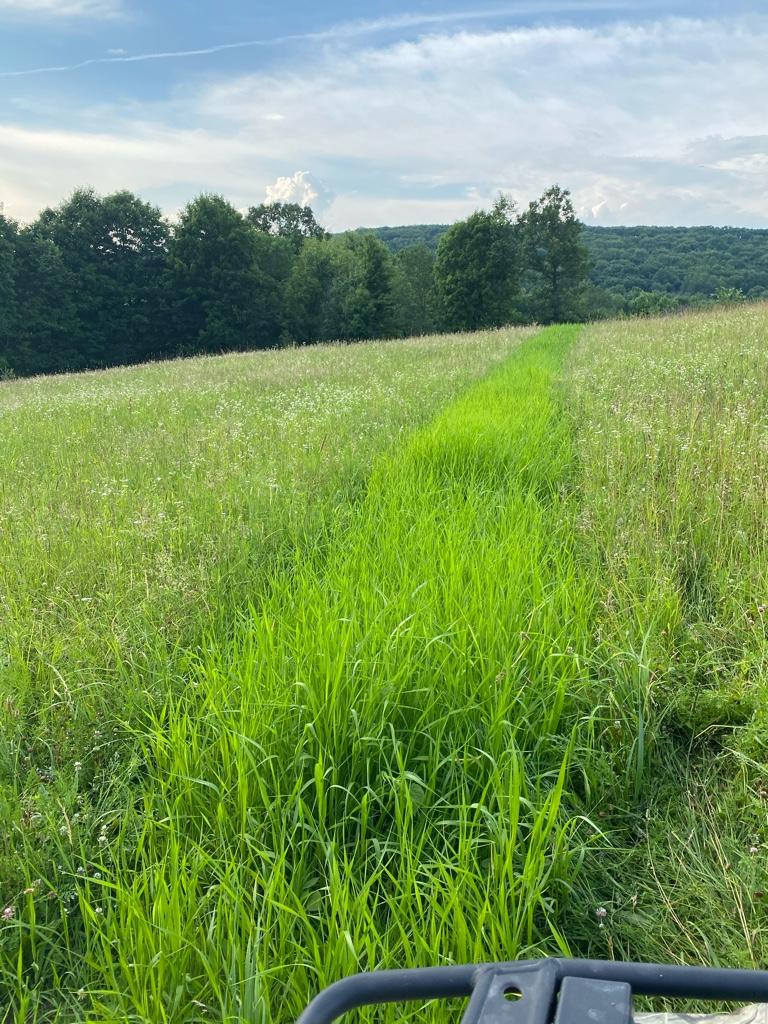
Great thread! Don’t want to hijack it but I tilled a strip this spring and planted a variety of big bluestem called Bison Big Bluestem from deer creek seed. Here is the strip this past weekend. Maybe it’s not a good enough pic, but does this look like it may be the big bluestem? I can get a closer pic next weekend if needed. Thanks!



Sent from my iPhone using Tapatalk
Sure is a purdy crik u have there. Is that on the newer Eiffel tower shooting house property? And can you walk that log wo falling in?
Are native grasses deep rooted like alfalfa? Do any have a tubor type root? How well do they survive months long drought?
Good read and pics. I’m enjoying.
Sent from my iPhone using Tapatalk
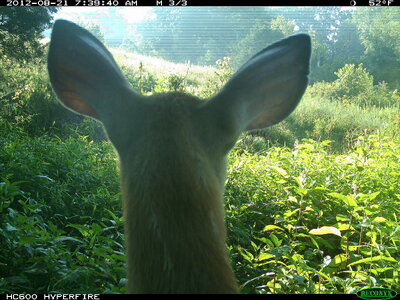
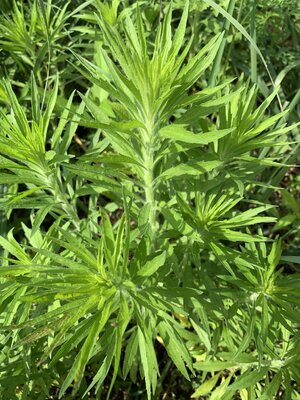
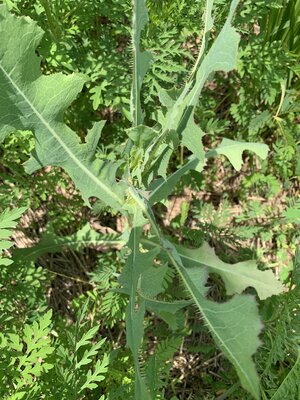
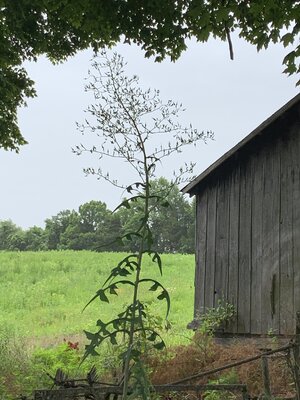

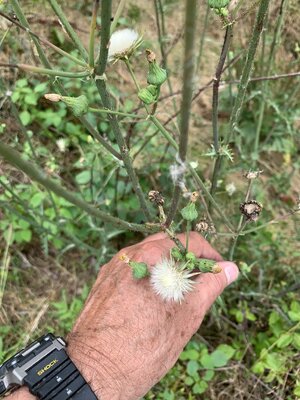

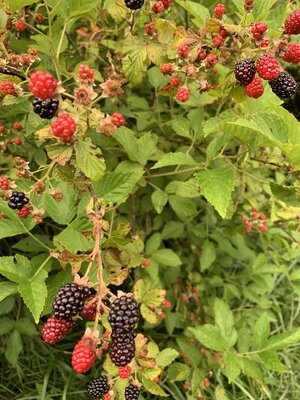
Bear love pokeweed and blackberry. Mine have begun to ripen but doubt I’ll get more than a few. Once jumped 3 bear at about 20 yds. out of a poke weed thicket next to a food plot. They and I crapped on the spot.
My deer do love the wild lettuce also. Marstail can be a pain
Sent from my iPhone using Tapatalk
That’s good info about mowing marestail late, can’t stand that stuff. The poor farming practices of the prior operator of the farm ground by us led to us having a lot of it.
Native, during your initial planting of the prairie, did you broadcast seed or use a planter?
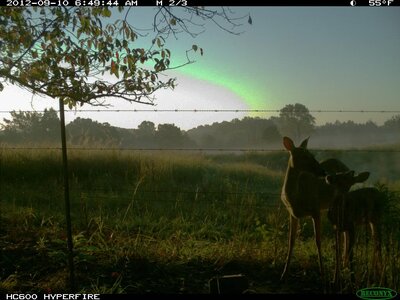
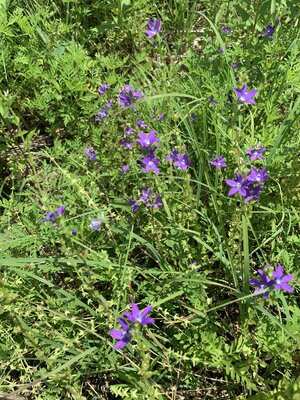

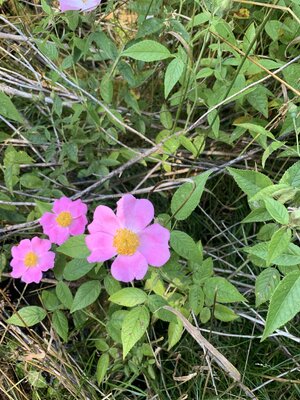
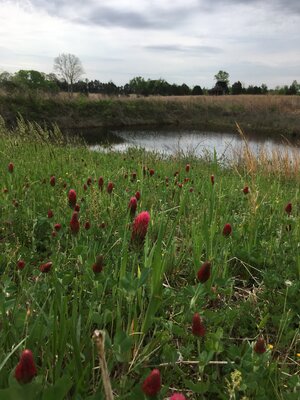
Beautiful place you have, really like the last picture of the clover in full bloom. Something deeply satisfying about working the land to maximize the carrying capacity of the critters that occupy it. Were the fish biting?
You are so right. Our DNA isn't wired to ride on our butt everywhere we go or sit behind a computer tapping keys all day, living close to the soil is what our ancestors for 6000 years.I agree about the deeply satisfying feeling. It's funny how that a guy can be feeling low energy until it comes time to grab a chainsaw or plant new fruit trees - then suddenly there is a burst of energy. I think this is because we have strayed too far from our roots and need a battery recharge every once in a while.
The fish are generally cooperative. They especially like the grasshoppers in the nearby fields.
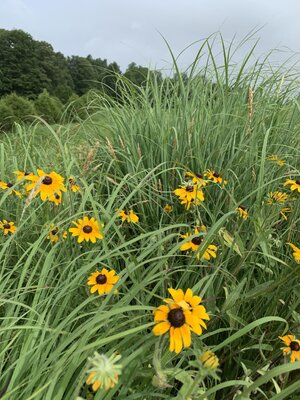


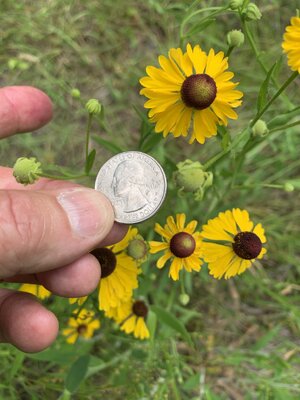
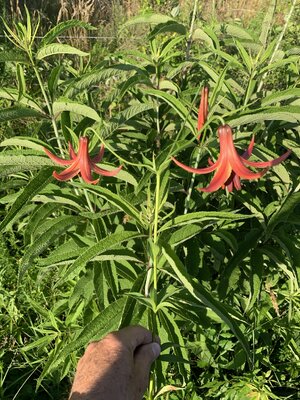
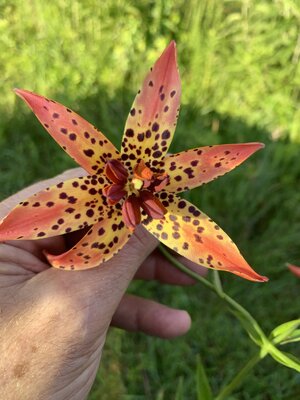
![B].jpg B].jpg](https://deerhunterforum.com/data/attachments/26/26709-f0c2fa01daf13d9534396a93edd2f2f6.jpg?hash=8ML6AdrxPZ)
